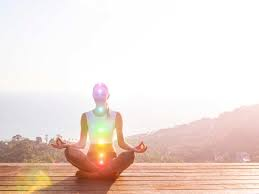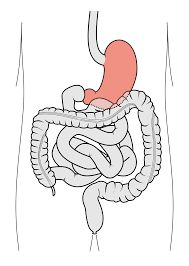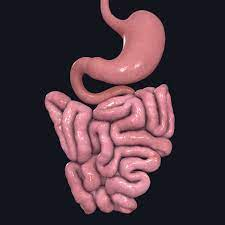Energy Healing: Myth or Medicine?
- Mahi Mahitcha

- Mar 9, 2022
- 3 min read

Alternative medicine has been around for over 3,000 years, originating from Indian Ayurvedic practices, one of the oldest medical systems in the world. It is defined as an array of medical treatments that differ from conventional therapies, and well-known examples include herbal remedies and acupuncture. While a few alternative treatments, the latter included, have been supported with limited scientific evidence, others are almost entirely speculative.
Energy healing is a branch of alternative medicine justified with pseudo-science. It is based on the supposed principle that a lack of harmony in the body’s natural “energy field” is the cause of various physical and mental afflictions. Some even go as far as to say that problems that arise in everyday life could emerge because of this presumed energy field.
However, because it is unable to be documented, it is widely regarded as nonexistent.
Energy therapies are thought by followers to heal the body, mind, and spirit, and have been used in attempts to treat different health conditions, from chronic pain to cancer. Many forms of energy healing exist, with some being more popular than others.
Reiki is a Japanese form of energy medicine in which the practitioner aims to promote healing by holding their hands above the patient’s body. Practitioners claim that physical or even emotional injury can stop the natural flow of energy in the body, leading to blocks and imbalances that interrupt everyday life.
Qigong is an ancient Chinese method that uses meditative techniques to “balance” the body, mind, and spirit. It is sometimes used to reduce the side effects of chemotherapy in patients but requires further study before being applied in clinical practice.
Another form of energy medicine, healing touch, uses hand motions to attempt to reorient the “energy field” of the patient and advance the healing of their mind and body.
The numerous forms of energy healing have developed over the decades as belief in an unknown force dictating one’s health grows a larger following.
In the 19th century, new scientific “borderland” discoveries such as electricity inspired fraudulent claims of untested treatments working miracles on patients who were given alarming diagnoses. As modern concepts and technologies came about, they were exploited, sometimes convincing unsuspecting patients of the infallibility of energy healing.
As for its safety, energy healing has not been proven to have specific adverse effects on people. It can, however, be of harm to patients when they insist upon using solely spiritual healing to cure their ailments rather than seeking justifiable medical treatments.
Besides this, there is little concrete scientific evidence supporting the effectiveness of these practices in clinical use. For instance, 33 reviewed studies of qigong on hypertension reported positive outcomes (such as slowing of cancer growth and changes in enzymes) but the quality of research was found to be very poor: only given a quality score of 13-20% out of the maximum. Its basis, in theory, is also considered improbable by many reputable scientists.
So-called benefits of energy healing, such as a sense of wellness and spiritual connection, are not quantifiable and may simply demonstrate the placebo effect.
Nonetheless, patients who feel better can be easier to treat because they are more self-aware of their needs and more readily follow protocols for their treatment.
In short, the world of energy healing may be entirely fictitious, or simply out of the realm of our current understanding. For now, scientists say to each their own.




Comments